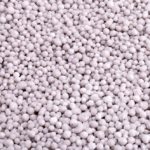Q: We’re often told fall applications of anhydrous ammonia should not be applied until soil temperatures are below 10 C. Why? A: At one time fall NH3 applications were associated with Thanksgiving. With farm consolidation and the need to apply anhydrous on more acres in the fall, the question now is how early is too early? To understand […] Read more












